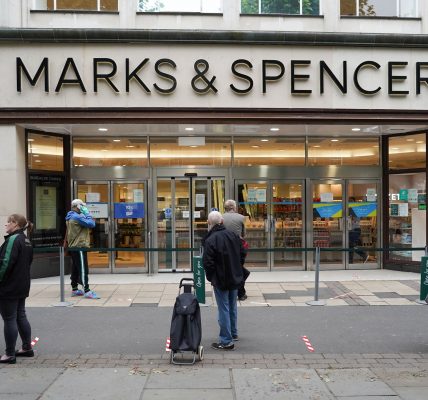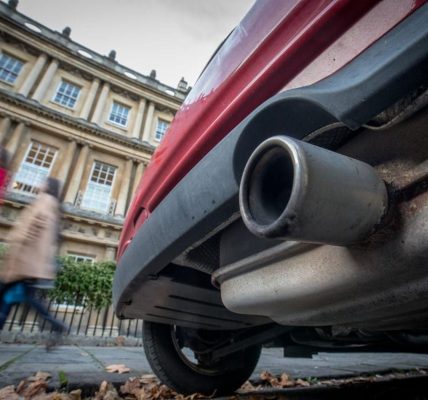House prices in US outperform all other regions in England and Wales
US has highest house price growth in England and Wales as city living revives
While a flight from the cities was forecast during the deepest, darkest hours of lockdown, sales and letting agent Linley and Simpson is now predicting a post-pandemic city living revival in Leeds. With the closure of city centre offices, universities and the retail and hospitality sectors last March, many students and furloughed staff renting in Leeds city centre were forced to return to their parental homes.
However, since Prime Minister Boris Johnson announced his ‘road map’ out of the latest restrictions, Linley & Simpson has seen a healthy rise in the number of enquiries from those keen to move back into the heart of the city.
Emma Kerrywood, Linley & Simpson branch manager, said: “Leeds is very much a 24-hour city and this appeals to many people keen to soak up all that it has to offer in terms of shops, bars, restaurants and nightclubs. The first lockdown saw what can only be described as a mini-exodus which was mirrored in other cities across the UK. However, over the last few weeks enquiries have started to really pick up, which bodes well.
We are confident this rise will continue over the next few months, particularly as offices and the retail and hospitality sectors reopen. February saw agreed rentals increase by 33 per cent compared to January.”
Rental prices appear to be unaffected with the firm advertising a one-bedroom apartment on Wellington Street for £775 per month, a two-bedroom triplex flat in Crispin Lofts for £1,600 a month and £1,795 per month for a two-bedroom riverside apartment at Whitehall Waterfront.
Emma adds: “Leeds city centre is a fabulous place to live, and I say this from personal experience. A number of our team also live here, and absolutely love it. It’s diverse, vibrant and exciting and it has plenty of outdoor space with the canal and riverfront being particular recreational areas.”
Home.co.uk, analysts report that rents are rising in most of the regions in England and Wales due to an acute shortage of stock to let. They say: “We do not expect supply to rise to meet demand in the immediate future, and therefore rents will continue to inflate.”
Home.co.uk’s latest data also shows that the average house asking price in England and Wales rose by 1.4 per cent over the past month and by 4.5 per cent year-on-year.
US had by far the highest annual growth with a 9.1 per cent increase, while registering a 1.3 per cent rise over the past month. The average house price in our region is now £223,327. Typical time on the market is 103 days compared to the UK average of 113 days.
Asking prices in the North West rose by 7.8 per cent year-on-year and the monthly growth was 1.5 per cent and the North East saw a 6.3 per cent annual increase and a 0.5 per cent monthly rise.
Home.co.uk say that the northern property markets continue to lead the regional growth charts and have labelled US’s performance “remarkable”. It adds that ever increasing asking prices are due to sales stock shortage and reports that the number of homes on the market in England and Wales has fallen 27 per cent year-on-year.
Researchers say that the Stamp Duty holiday extension until the end of June and the Government’s pledge to back 95 per cent mortgages will see prices “go ballistic” in the regions as
demand looks set to overwhelm supply. However, in London, where the exodus continues amid new instructions from homeowners and landlords, home asking prices and rents look set to fall.
Doug Shephard, Director at Home.co.uk, says: “Vaccinations for the people and steroids for the property market seems to be the Government prescription, along with copious amounts of new public debt. While the UK’s vaccination programme may be hailed as a great success, further stimulus for the property market may well be courting disaster. Of course, Government meddling in markets is now commonplace. Prices have already soared, seemingly uncoupled from the real economy but joined at the hip with the availability of cheap credit and tax incentives.”
He adds: “The new Government-backed 95 per cent mortgages have been introduced to redress this imbalance but they are unlikely to make a significant impact as prices soar out of reach of the first-time buyer.
“What is also clear is that Government policy is resigned to propping up the UK property market at all costs. Holding on to bricks and mortar assets is a no-brainer while rental returns are soaring and other asset classes are looking comparatively risky. Meanwhile, London is seemingly a world apart. Rents are in freefall and as yields collapse, this places downward pressure on prices.”










